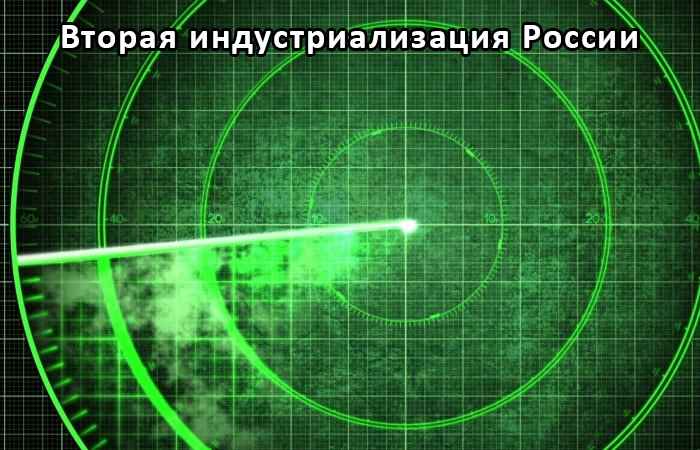Active phased array antenna

Active phased array antenna.
Active phased array antenna (AESA) is the next stage in the development of passive. In such antenna, each cell has its own transceiver. Their number can exceed one thousand.
Description:
Active phased array antenna (AESA) is the next stage in the development of passive. In such antenna, each cell has its own transceiver. Their number can exceed one thousand. That is, if the traditional locator — separate antenna’s, transmitter and receiver in AFAR with the receiver transmitter and the antenna turn on modules, each of which contains the slot antenna, the phase shifter, the transmitter and receiver. AESA consists of many cells. They all operate under the control of a single electronic Mall. Each cell AFAR itself emits a signal controlled in phase and frequency, and in the most complex versions, and amplitude.

Earlier if, for example, failed transmitter, the plane became “blind.” If in AFAR will be amazed by the one-two cells, even ten, others continue to work. This is a key advantage of the AESA. With thousands of receivers and transmitters increases the reliability and sensitivity of the antenna, as well as the ability to use several frequencies at once.
But the important thing is that the structure of the AESA radar allows to simultaneously solve multiple tasks. For example, not only to serve dozens of purposes, but in parallel with the review of space is very effective to protect from interference, to put obstacles to enemy radar and to map the surface, obtaining high resolution maps.
Advantages:
– surpass conventional radar antenna in almost all respects, providing greater tracking ability and reliability
– the ability to solve in parallel multiple tasks.
Application:
– military equipment
– military and civilian radar,
– satellites
– civil products: aircraft, airfoil, for aerodynamic , etc.



